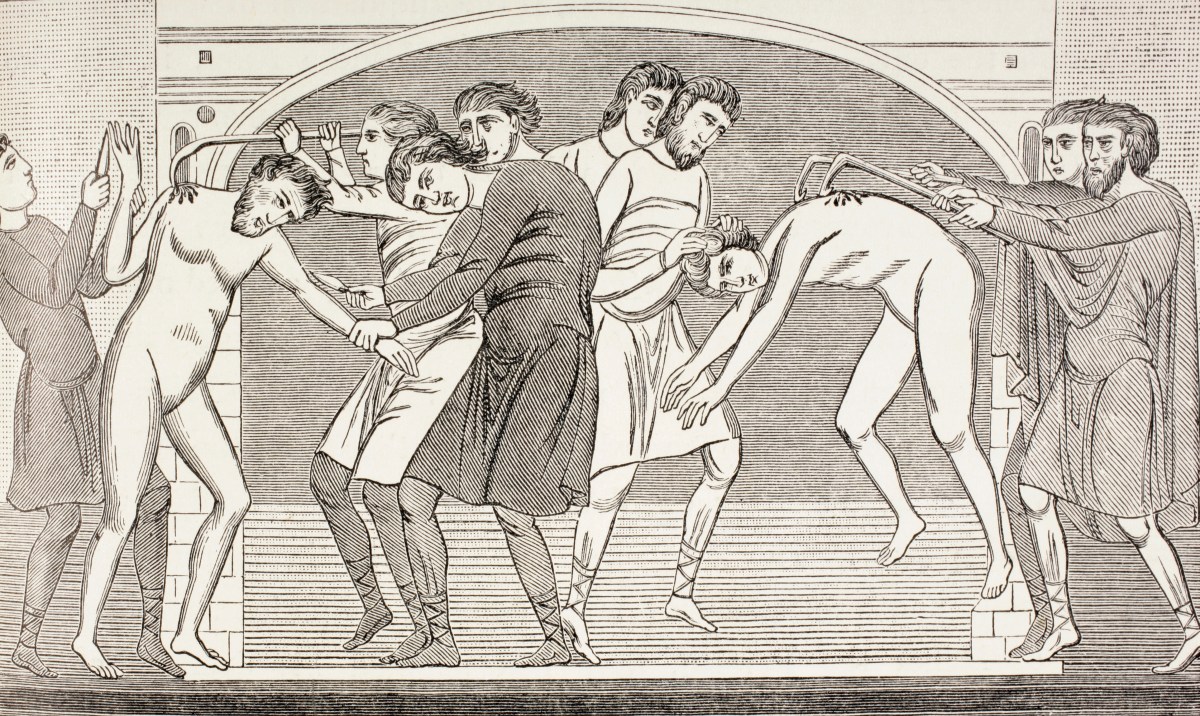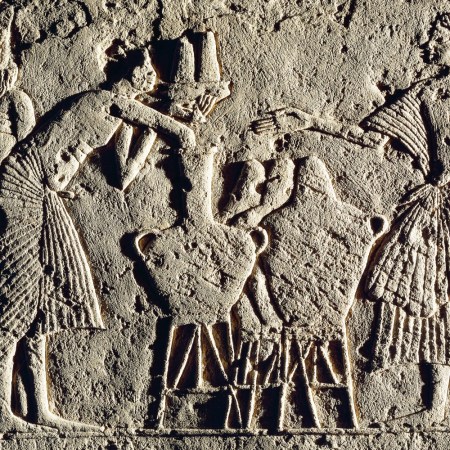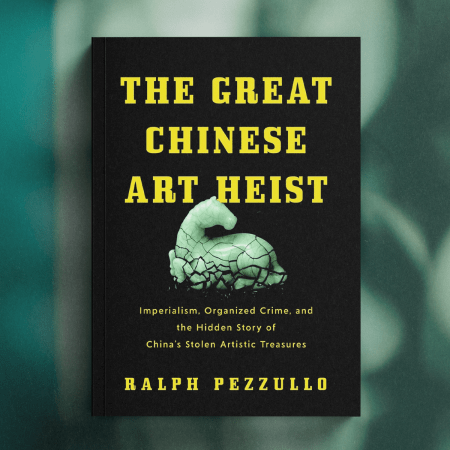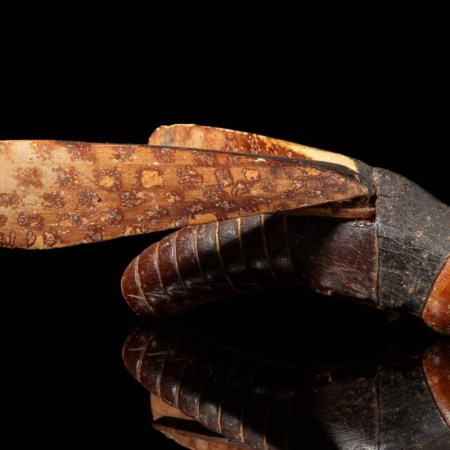The Dark Ages typically refers to a period between the 5th and 14th centuries, during which human enlightenment fell off a precipice.
Sandwiched between the fall of Rome and the arrival of the Renaissance, these Early Middle Ages are associated with predatory feudal systems; constant religious conflicts; declines in trade, population growth and record-keeping; and high infant mortality rates. As The Economist once put it, parents displayed a relative lack of interest in their children.
It was a shitty time to be alive, all told. But some historians (led by Harvard’s medieval expert Michael McCormick) contend that it was the very worst time to have ever lived. What puts the era over the top? A series of natural disasters that put the “dark” in Dark Ages — in either early 536 or late 535, a cataclysmic volcanic eruption spewed sulfur into the atmosphere, creating a veil that blotted out the sun for well over a year.
During the ensuing volcanic winter, all of Europe, the Middle East and regions as far away as China experienced constant daytime darkness. Summer temperatures dropped, on average, by 4.5 degrees Fahrenheit. Crops never reached harvest, and millions died as a result of famine. To those alive at the time, it must’ve felt like the world was ending.
Journals from scribes in Constantinople, then the seat of the Byzantine Empire and the most powerful city-state in the West, describe seasons that “seem to be all jumbled up together,” a moon that appeared “empty of splendor” and a sky “blended with alien elements.”
The eruption is believed to have originated in Iceland or North America. Climate researchers came to the conclusion by cross-referencing tree ring studies (Irish oak hit a noticeable growth snag in the late 530s) with ice cores that contain 2,000 years of data on snowfall, dust storms and human influence.
A few years ago, an ice core dated 536 from the Swiss Alps showed microscopic particles of volcanic glass. This put an end to older, more fantastical theories about what exactly happened in the decade (at one point, scientists had considered that Earth was rocked by multiple comets). They haven’t been able to say for certain that the eruption originated in Iceland, but given the moody island’s geological track record, and the path that the debris took as it entered the atmosphere, it’s a pretty safe bet.
If even down in modern-day Turkey, scribes reported they were unable to see their shadows at high noon, we can only imagine the horror of living through the volcanic winter in Britain or Scandinavia. This might explain why vikings of the day sacrificed hoards of gold; living in endless darkness, they were begging their gods to take pity on them with a sacrifice of treasure.
It’s become common for Twitter personalities to claim in a casual/sardonic tone that we’re living through the worst time in human history. But the 540s firmly knock the 2020s out of the running. As if one volcanic eruption weren’t enough, the world weathered another one in late 539, and yet another in 547. All told, the events kept summer temperatures below normal for a century.
Oh, and the sorry souls of the time had a pandemic to deal with of their own, too. In 541, the Plague of Justinian (an early iteration of the bubonic plague) arrived, killing tens of millions of people, about half of the world’s known population at the time.
Thanks for reading InsideHook. Sign up for our daily newsletter and be in the know.



















